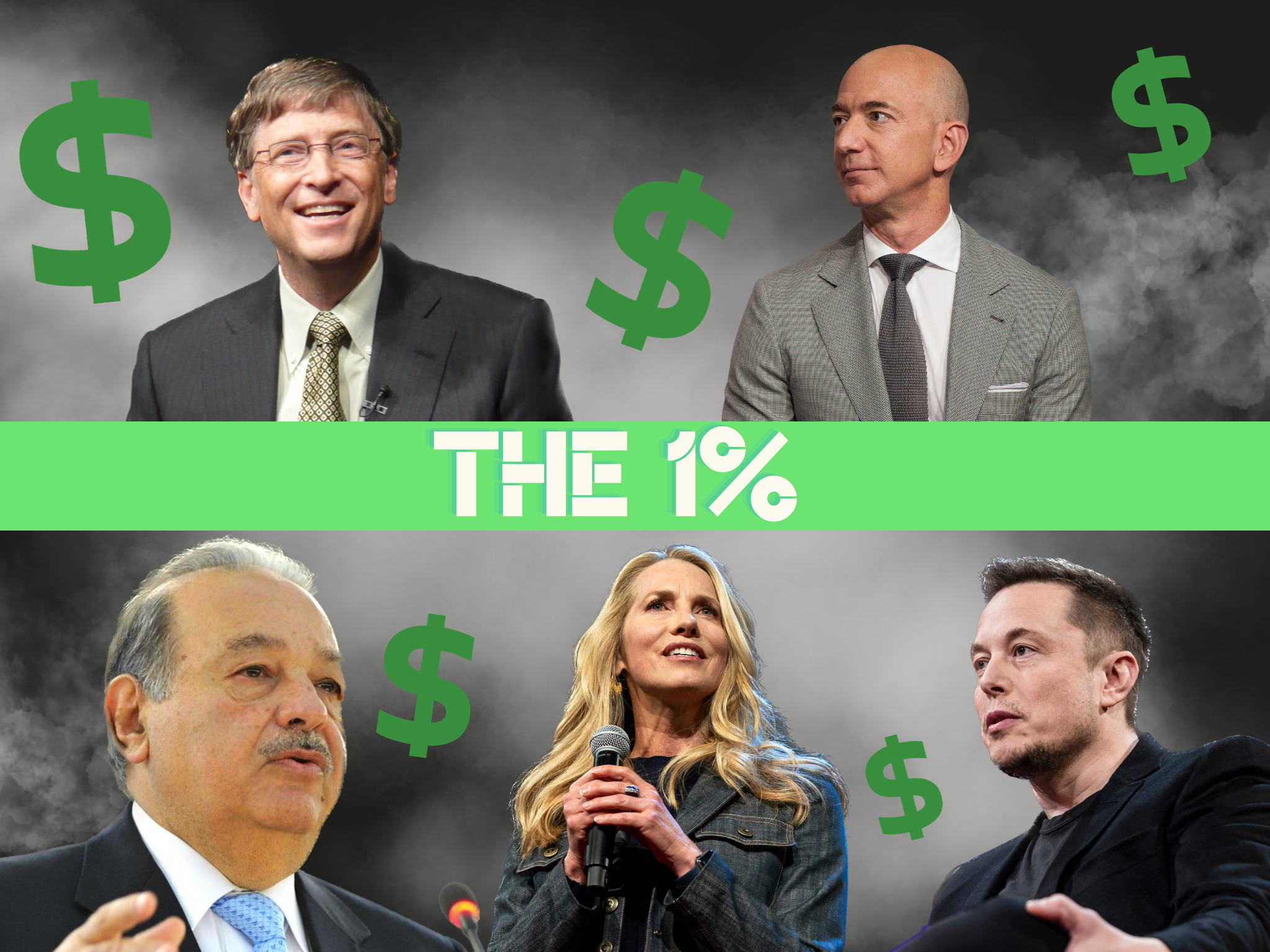
Title: The Affluence Equation: How the Wealthiest 10% Are Fueling Climate Change
An innovative study released in the journal Nature Climate Change on May 7, 2025, has uncovered a stark and concerning truth — the consumption and investment patterns of the richest individuals on the planet are disproportionately contributing to climate change. The research indicates that the wealthiest 10% of the global populace have been accountable for two-thirds of the global warming observed since 1990. Alarmingly, the top 1% alone represented one-fifth of that total.
This fresh analysis signifies a noteworthy transformation in the understanding of climate impacts, shifting from an equal-emissions perspective to a focus on individual behaviors and economic circumstances.
Direct Correlation Between Wealth and Climate Disasters
“Our research demonstrates that severe climate effects are not merely the outcome of abstract worldwide emissions,” articulated lead author Sarah Schöngart of ETH Zurich. “Rather, we can directly associate them with our lifestyle and investment decisions, which are inextricably linked to wealth.”
Utilizing advanced computational models that integrate economic data with climate forecasts, the researchers managed to categorize emissions by global income groups. Their findings raised critical questions regarding fairness and accountability. The wealthiest 1% contributed:
– 26 times more than the average person to monthly heatwaves, and
– 17 times more to severe droughts in the Amazon region.
Heatwaves, wildfires, and extended droughts are some of the most apparent indicators of climate disruption — and this study provides evidence that extremely wealthy individuals are playing a disproportionate role in instigating these occurrences.
Regional Discrepancies Amplify Global Injustice
The study emphasizes that this inequality exists not only on a global scale but within individual countries too. In the United States, for example, the richest 10% are responsible for:
– Causing 3.1 times more warming than the average American,
– 17 times more than the average global resident.
In both the U.S. and China, emissions from the wealthiest 10% were found to trigger two to three times more heatwaves in already climate-sensitive areas such as the Amazon, Southeast Asia, and southern Africa — regions that historically have contributed the least to climate change but are now facing its most severe consequences.
A Provocative “What-If” Thought Experiment
One of the most compelling parts of the study presents a hypothetical situation: had the global population emitted CO₂ at the rate of the poorest 50% since 1990, today’s warming would be nearly negligible. In contrast, if everyone had emitted like the richest 1%, global average temperatures would have surged by an alarming 6.7°C — a shift that would make vast areas of the planet uninhabitable.
“This clearly illustrates how pivotal income disparity is to the climate crisis,” said coauthor Carl-Friedrich Schleussner, head of the Integrated Climate Impacts Research Group at IIASA. “Addressing this imbalance is essential for just and effective climate action.”
Emissions from Spending and Investment
While many climate discussions center on fossil fuel use (such as transportation or heating), this study broadens the scope to examine emissions linked to wealth through investment. When affluent individuals invest in carbon-heavy industries or companies producing energy-intensive products, they unintentionally drive up emissions, often exceeding their individual consumption.
This perspective opens avenues for broader policy solutions. Among the potential measures discussed is a global wealth tax — a strategy that could address climate inequality and help raise funds for adaptation and mitigation in developing nations, where climate change impacts are most severe.
Climate Justice and the Ethical Urgency for Action
A particularly alarming discovery is that emissions arising from investment choices or consumption patterns in wealthy regions are resulting in tangible climate effects far away. The Amazon rainforest, a crucial global carbon sink, now encounters a tripled risk of extreme drought compared to 1990 — largely due to emissions stemmed from high earners in distant areas.
“This is not merely an academic debate — it concerns the real implications of the climate crisis today,” emphasized Schleussner. “Climate initiatives that do not confront the disproportionate responsibilities of the wealthiest members of society risk overlooking one of the most potent tools we have to mitigate future damage.”
Charting a More Just Path Ahead
Although the study refrains from assigning wholesale blame or defining what constitutes a “fair” level of emissions for each group, it does offer a clear framework for more equitable climate action. The authors advocate for climate policies that not only curtail emissions but also actively bridge the divides between those responsible for causing the crisis and those enduring its effects.
As funding for climate adaptation remains critically insufficient — particularly in vulnerable areas — these findings could inform the formulation of policies that hold high emitters accountable and mobilize resources for those most affected by climate change.
Sarah Schöngart’s research contribution received recognition during